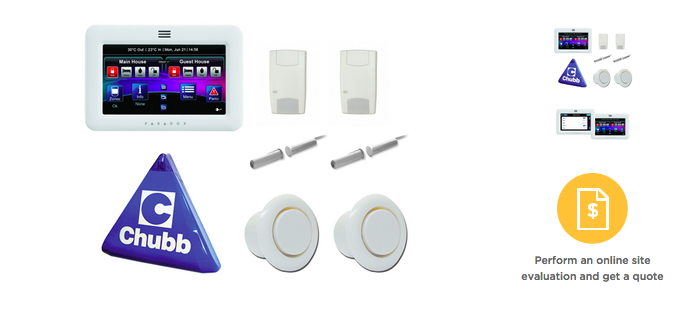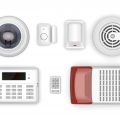In a world where we are constantly bombarded with news of break-ins, it’s no wonder that home security is top of mind for many homeowners. Alarm monitoring is one way to give yourself some peace of mind, knowing that someone is keeping an eye on your home even when you’re not there.
Sensor Types
There are a great many different types of alarm sensors available on the market today. Choosing the right type of sensor for your particular application can be a daunting task. This article will briefly describe the most common types of sensors used in alarm systems and their applications.
The most common type of sensor used in alarm systems is the Passive Infrared (PIR) sensor. PIR sensors detect infrared energy (heat) emitted by objects in their field of view. When properly installed, a PIR sensor can detect the body heat of an intruder and generate an alarm signal. PIR sensors are used in both residential and commercial alarm systems.
Another common type of sensor used in alarm systems is the Magnetic Contact Sensor. Magnetic contact sensors are used to detect the opening of doors and windows. Most magnetic contact sensors consist of two parts: a sensor plate that is mounted on the door or window, and a magnet that is mounted on the door or window frame.
When the door or window is opened, the magnet moves away from the sensor plate, causing the sensor to generate an alarm signal. Magnetic contact sensors are used in both residential and commercial alarm systems.
Glass break detectors are another type of sensor commonly used in alarm systems. Glass break detectors detect the sound of breaking glass and generate an alarm signal. Glass break detectors are most commonly used in commercial alarm systems, but can also be used in residential alarm systems.
Smoke detectors are another type of sensor commonly used in alarm systems. Smoke detectors detect the presence of smoke and generate an alarm signal. Smoke detectors are most commonly used in residential alarm systems, but can also be used in commercial alarm systems.
Carbon monoxide detectors are another type of sensor commonly used in alarm systems. Carbon monoxide detectors detect the presence of carbon monoxide gas and generate an alarm signal. Carbon monoxide detectors are most commonly used in residential alarm systems, but can also be used in commercial alarm systems.
Alarm sensors are available in a variety of shapes, sizes, and price ranges. Choosing the right type of sensor for your particular application can be a daunting task. This article has briefly described the most common types of sensors used in alarm systems. For more information on choosing the right type of sensor for your application, please contact a professional alarm system installer.
Connection to Monitoring System
In many cases, the connection to a monitoring system for alarm monitoring is the most important part of the system. This is the connection that allows the system to communicate with the monitoring center and send out the appropriate signals in the event of an alarm. There are a few different types of connections that can be used for this purpose, and each has its own advantages and disadvantages.
The most common type of connection is a telephone line. This is the most reliable type of connection, but it can be expensive if long-distance charges apply. In addition, a power outage will disable the telephone line and prevent the system from sending a signal.
Another type of connection is a radiofrequency (RF) link. This type of connection is less expensive than a telephone line, but it is subject to interference from other RF signals in the area. In addition, an RF link can be interrupted by objects in the path between the transmitter and receiver.
A third type of connection is a cellular link. This type of connection is the most expensive, but it is also the most reliable. A cellular link is not subject to interference from other RF signals and is not interrupted by objects in the path between the transmitter and receiver.
Conclusion
When it comes to home security, an alarm system monitoring service is one of the best ways to keep your family and belongings safe. By signing up for a monitoring service, you can rest assured that someone is always keeping an eye on your home, even when you’re not there. In the event of a break-in or other emergency, the monitoring service will immediately dispatch the police or other appropriate authorities to your home. Choose a reputable monitoring service with a good track record, and you can rest easy knowing that your home is safe and sound.











